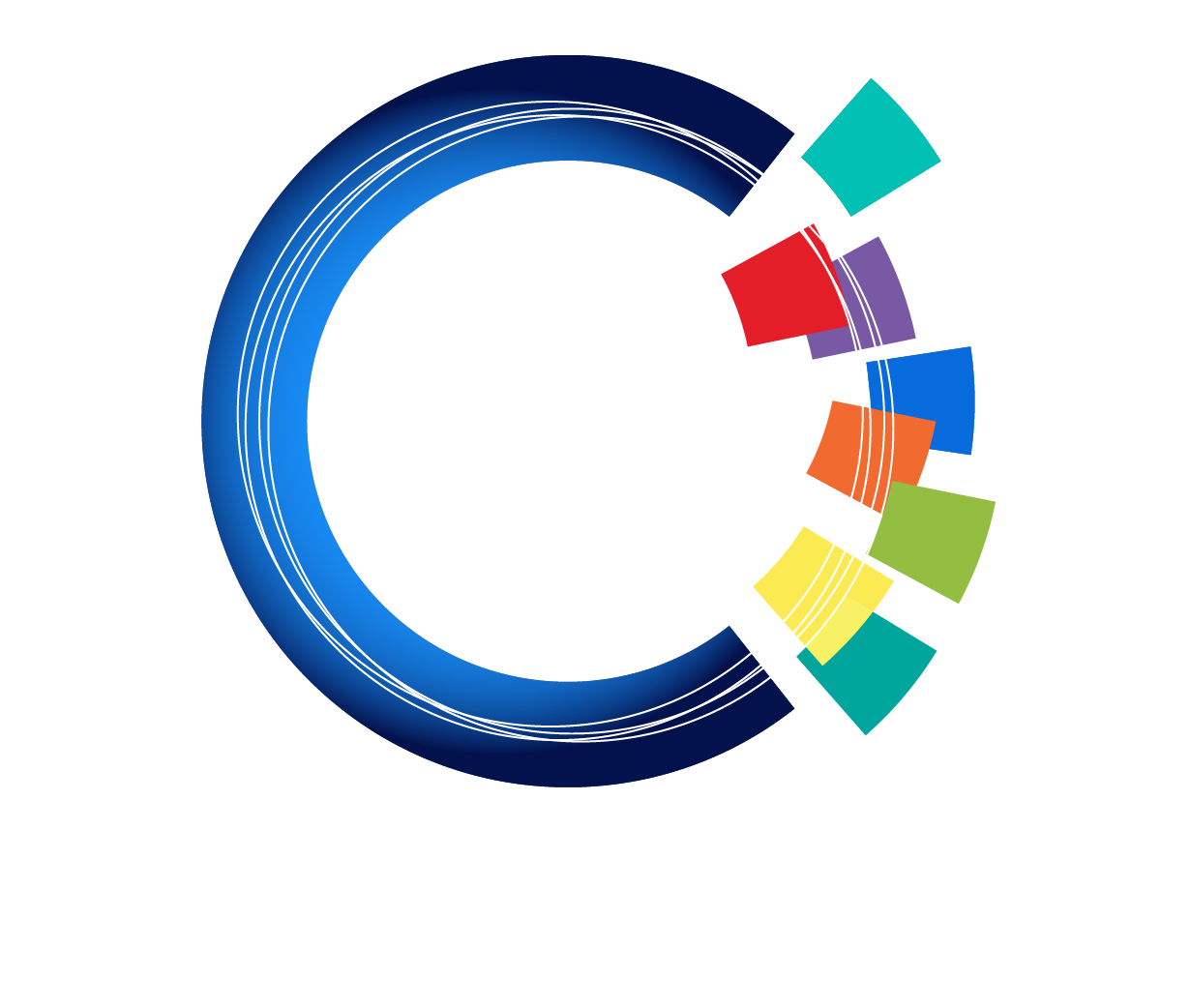In a previous article, I explained the framework in which the Ombud operates. I will now talk about how a discussion is conducted and what we can do together.
When someone comes to see me for the first time, I always begin by reminding them of the framework in which I operate. I then ask them to explain why they have come: “Now tell me what brings you here.” During the discussion, my aim will be to get as precise an idea as possible not merely of the facts but, even more importantly, of your feelings and how you are coping with the situation. Don’t worry about seeming silly or flustered during the discussion. Your story is often laden with emotions and doubts, and it’s completely normal to have trouble expressing yourself in an organised and controlled way! I will therefore often rephrase what I’ve heard to make sure that I’ve understood correctly.
Don’t expect me to say that either party is right or wrong. This is not the purpose of the discussion. I know that this can sometimes give the impression that I’m indifferent to what you’re going through, but it’s not my place to judge or to take sides. My role is to help resolve the conflict in an entirely neutral way, and to enable you to make a fresh start with the person with whom you have a problem.
Once I have a full understanding of your situation and your expectations, we can consider your options together, weighing up the pros and cons of each one:
“Let’s say you go and tell your colleague openly what you expect from them. What might happen? They might hold it against you and withhold information. On the other hand, they might not have been aware of the consequences of their behaviour, and you might find common ground.”
By the end of the discussion, we will have identified several options, and it’s up to you to decide what to do next. For example:
- No action is taken. You would rather leave the situation as it is.
- You decide to talk to the person behind the problem yourself. You may also write to them.
- You ask someone else to help, such as the Human Resources department, a trusted colleague from your own department or the Ombud.
- You decide to talk to your hierarchy.
- You initiate more formal proceedings.
A discussion doesn’t necessarily have to reach a conclusion. Often, people who come to see me just want to confide in someone neutral, in complete confidence, in order to understand their situation better.
In any event, if we don’t find a way to improve your situation during our first discussion, I will suggest that you take some time to think, and we can meet again another time.
Every problem has a solution. Remember what Einstein said: “A problem without a solution is a poorly stated problem.”
Pierre Gildemyn
